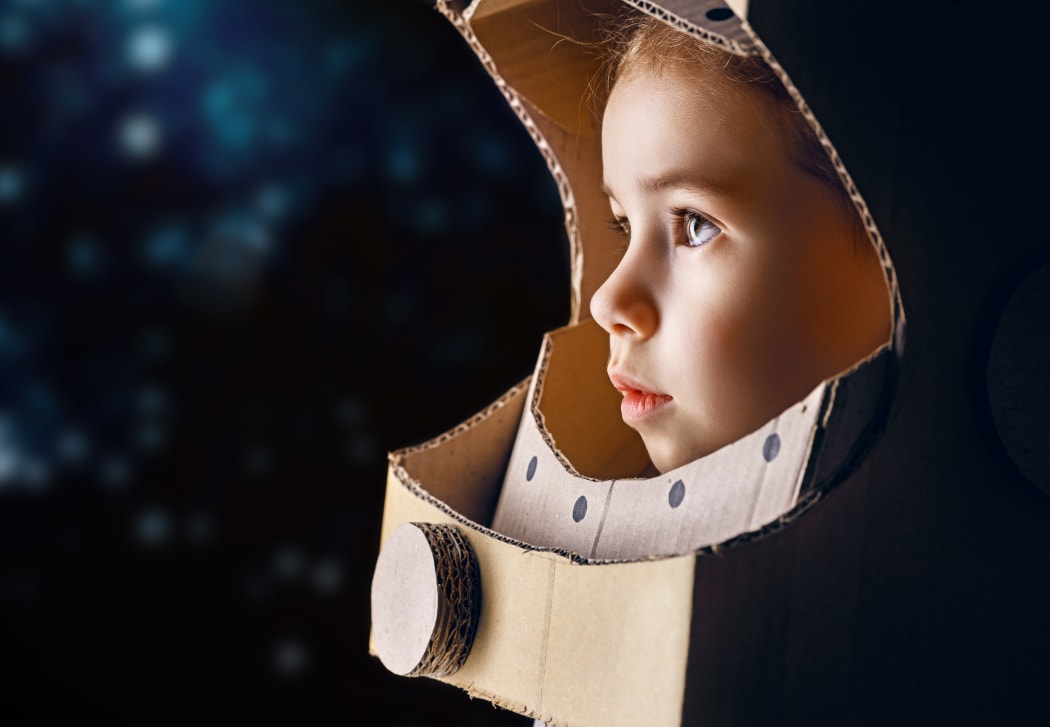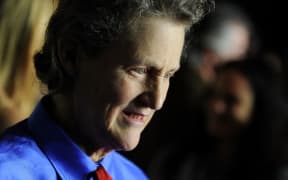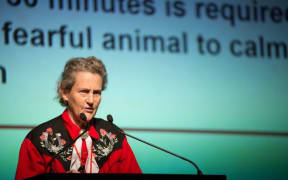Tinkering around with things teaches us to be curious, patient and inventive but children don't do it anymore, says animal scientist and autism spokesperson Temple Grandin.
She has a new book with some fun, safe, cheap things children can make – Calling All Minds: How to Think and Create like an Inventor.
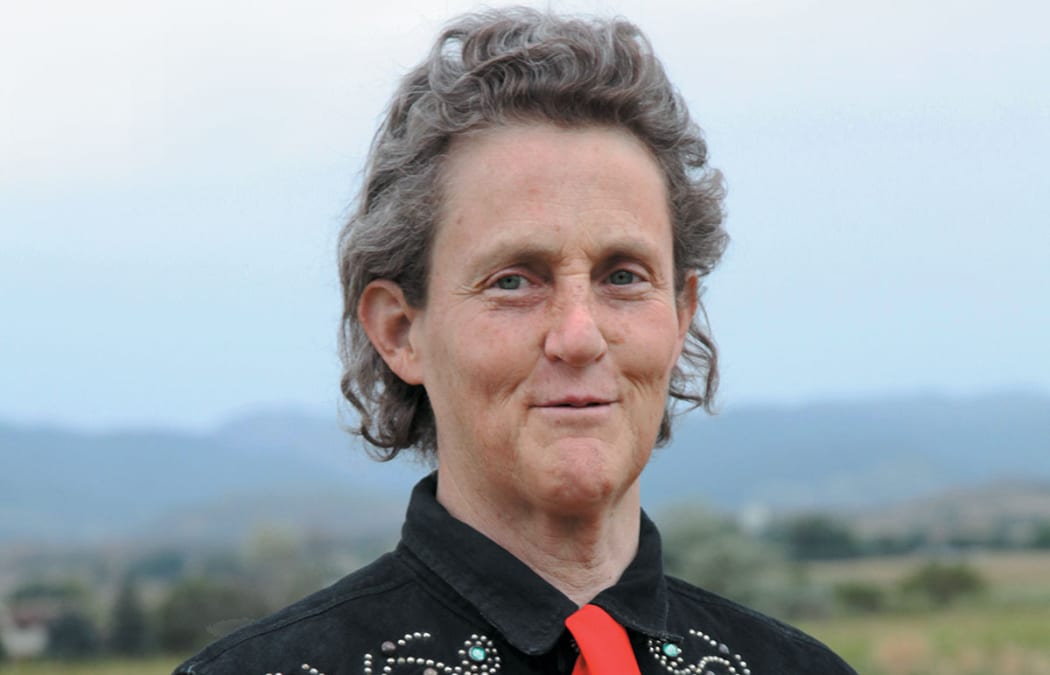
Temple Grandin Photo: Rosalie Winard
Grandin is concerned about the implications of schools now prioritising computer skills over practical skills.
"Digging up the street when the water mains are broken or fixing all the broken stuff after the storms, that's not gonna get done by a computer."
Hanging out on a screen all the time doesn't develop a young mind, she says.
"[Kids arent] learning how to program video games, they're not learning computer coding or anything else that might be valuable. They just end up in the bedroom or the basement playing video games and going nowhere.
"These people are smart but it's a visual thinking kind of smart and it's not given enough credit."
There are three kinds of thinkers, Grandin says – visual thinkers like her (who think in pictures), pattern thinkers (who often connect with maths) and word thinkers.
As a child, Grandin was severely autistic and couldn't speak until she was four.
"I was in bad shape when I was little, real bad shape.
"[But] my mother didn't baby me, she knew just how to stretch me. And I would spend hours as a child, tinkering and making parachutes and bird kites. I'd experiment and experiment and experiment."
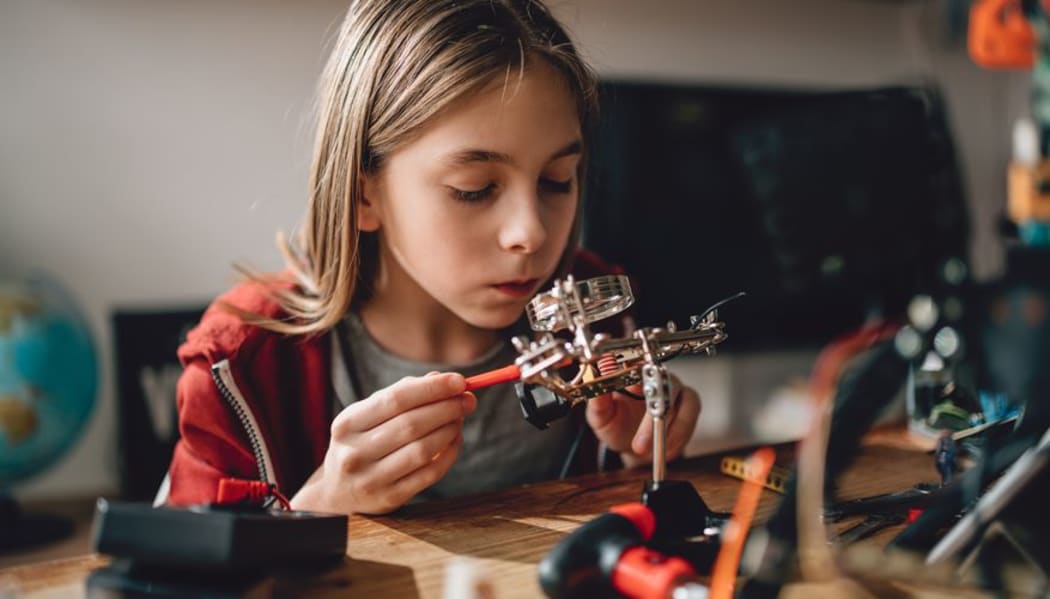
Photo: YouTube screenshot
Grandin says she wasn't a good student until a science teacher opened up that world to her.
Where an autistic kid ends up as an Einstein or someone who can't dress themselves can be about what happens to them, she says.
"You work on these kids when they're little and some of them pull out of it. Some of them stay much more severely challenged."
We need to work with kids who are different to expand on the things they're interested in and good at, she says.
"If the kid likes cars, let's use cars to teach physics and let's use cars to teach mathematics."
If you know a child who likes maths, she suggests Google Imaging 'Quasi-crystalline graphene'.
'Show this to some seven, eight, nine-year-olds. You don't have to understand it. They'll figure it out. Just show it to them. It's at the right price, too – it's free."
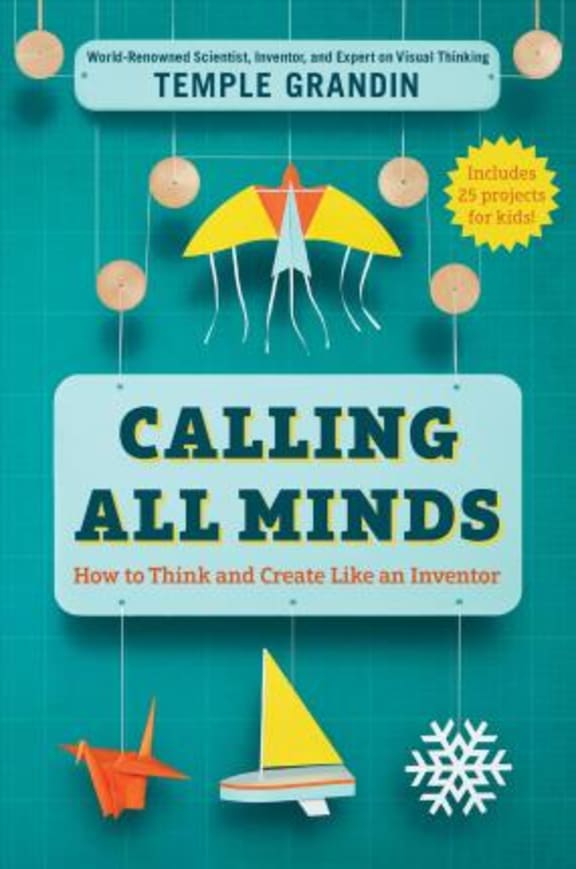
Calling All Minds includes simple projects like turning an old scarf into a parachute and making snowflakes out of cut paper.
There's also the plan for a bird kite Grandin made as a child.
This one was a challenge to recreate because Grandin couldn't find the same textured art paper she'd used then, which affected the flight characteristics.
But it was a challenge she was happy to take on.
"I tinkered with that for hours… with different amounts of tape, using different kinds of paper… until I got it to work. Kids don't do that today."
Since she was in graduate school Grandin has a poster on her wall which reads: "You have two choices in life: you can dissolve into the mainstream, or you can be distinct. To be distinct, you must be different. To be different? You must strive to be what no-one else but you can be."
She recently found out that the quote was penned by a guy called Phil Wernig who worked for a small greeting card company in California in the 1960s.
His nom de plume was 'Alan Ashley-Pitt'.
"Alan Ashley-Pitt was some employee sitting in a cubicle at a poster place – and he wrote that."
Temple Grandin: tune your engine
Temple Grandin consults in livestock behaviour, design of livestock facilities and humane slaughter and is noted for her work in autism advocacy. Jim Mora talks to the Doctor of Animal Science about… Audio
Seeing the world through animal eyes
Dr Temple Grandin of Colorado State University is a prominent autism educator, animal-rights advocate, livestock-equipment designer and an accidental fashion icon. She has a unique ability to… Audio
